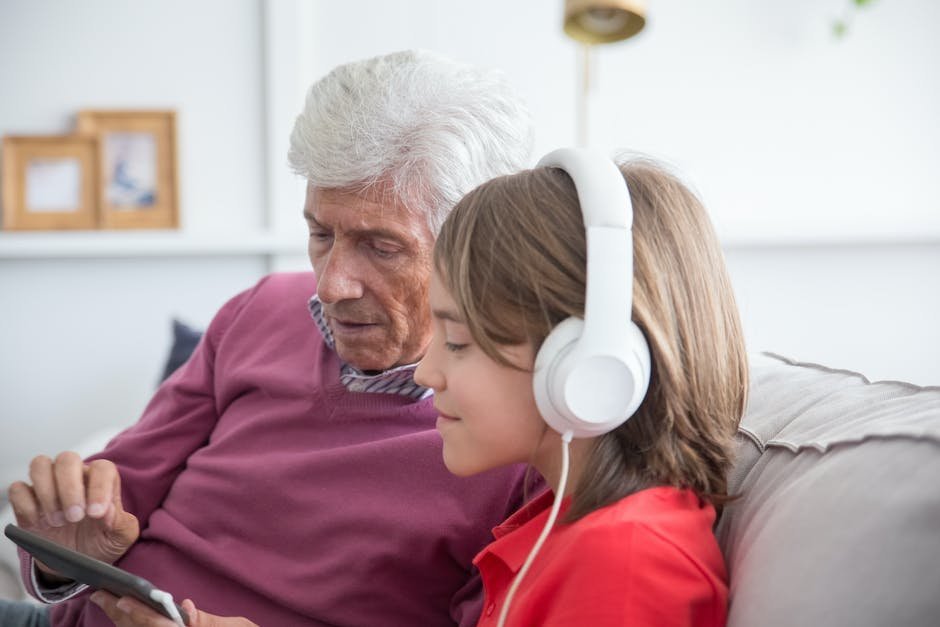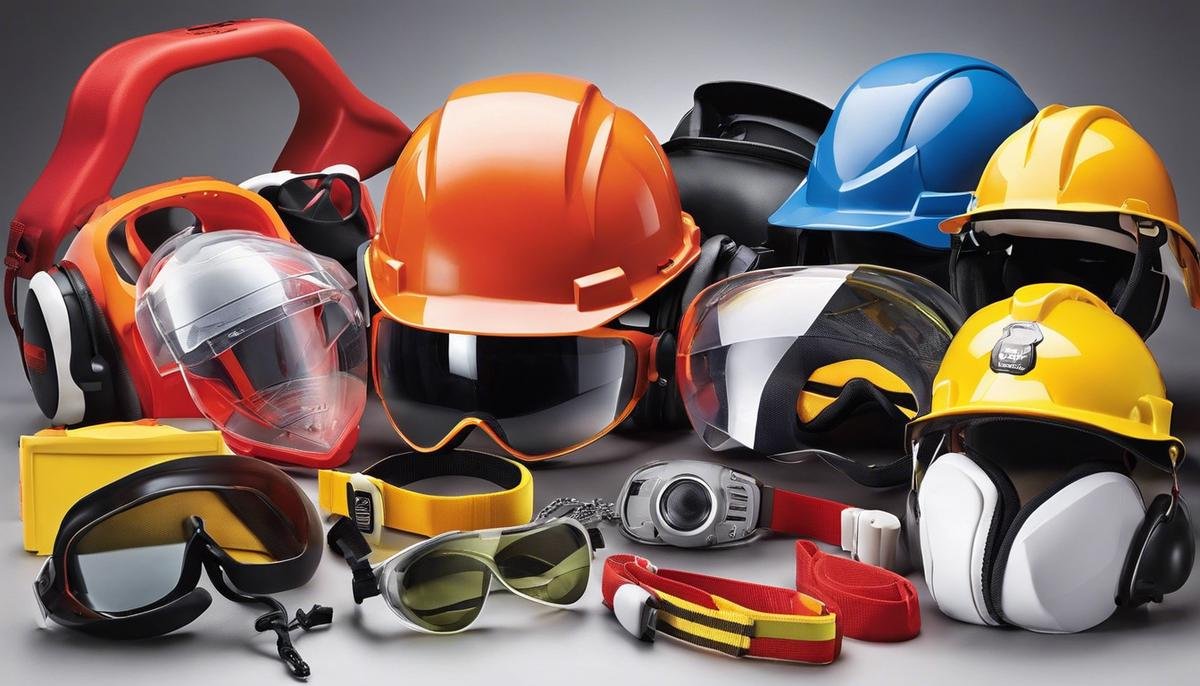
Navigating the landscape of autism safety devices can be a daunting journey for any parent or caregiver. Ensuring the security of a child with autism—while also fostering their independence and respecting their personal dignity—requires not only love and patience but also informed decisions when choosing the right tools and technology. This essay delves into the myriad of devices specifically designed to support the unique needs of individuals with autism. From innovative GPS trackers that provide safety for those prone to wandering, to sophisticated alarms and monitoring systems that maintain a seamless connection between the child and caregiver, our exploration includes an array of solutions tailored to enhance protection without compromising freedom.
Types of Autism Safety Devices
Essential Safety Devices to Support Children with Autism
As parents, we understand that every child is a unique individual with their own set of needs – and for children with autism, a safe and secure environment is paramount. That’s why equipping our homes with the appropriate safety devices can make a world of difference in our little ones’ well-being. Children on the spectrum may wander, have sensory sensitivities, or struggle with communication in times of distress, making the right tools not only helpful but sometimes essential.
For starters, door alarms and window sensors can be lifesavers, quite literally. These clever gadgets immediately alert caregivers if a child attempts to leave the house unattended. It allows for a swift response, providing that crucial peace of mind. Wearable GPS trackers also come in handy, especially for kiddos known to slip away during family outings. They can be attached to shoelaces or worn as wristbands, and, thanks to technology, it’s possible to monitor a child’s location right from a smartphone app.
In homes where sensory overload can be an issue, creating a tailored ‘safe space’ equipped with soft lighting, noise-canceling headphones, or other calming devices can help children with autism cope with overwhelming stimuli. Communication aids, like picture boards or voice output devices, can assist children who find it challenging to express their needs verbally, bolstering both their security and confidence. Always remember, rather than aim for a one-size-fits-all solution, take the time to assess the unique needs of your child, because when it comes to our kids, their safety is the foundation upon which we can build a happy, healthy home life.

Choosing the Right Safety Device
Navigating the vast market of safety devices for children, especially those lovingly raising kiddos with diverse needs, can be daunting. Yet, finding the right fit doesn’t have to be a maze of confusion. It comes down to connecting the dots between your child’s individuality and the features of each gadget. For instance, if your child is active and enjoys the outdoors, a durable, water-resistant safety device could be your ally, ensuring it stands up to the rigor of playtime and the elements. Conversely, if your little one finds solace in the home, look into tech that complements indoor environments with minimal interference.
Choosing the perfect safety device also means considering the ease of use—for both you and your child. Devices that integrate seamlessly into family life without causing a fuss are worth their weight in gold. Think simple interfaces, long battery lives, and quick, straightforward alerts that keep you informed without overwhelming you. Your child’s comfort is paramount too, so search for devices that are not just effective but also comfortable and sensory-friendly, with soft straps or materials that won’t irritate their skin.
Lastly, envision a device’s longevity and adaptability. As children grow, their needs change, and so might their interaction with safety devices. Pick something that grows with them—devices with adjustable features or customizable alerts that evolve with your child’s developmental journey. This ensures that the tool you select isn’t just a temporary fix but a lasting piece of your family’s safety toolkit. And always, above all, opt for tools that foster independence in your child, empowering them while keeping that ever-so-important safety net firmly in place.

Safety Device Integration and Training
When it comes to utilizing safety devices in the everyday lives of our kiddos, especially those precious little ones with autism, it’s pivotal to introduce these gadgets as seamlessly as possible. Think of it like sneaking veggies into a delicious smoothie; the nutrients are there, but the experience is still enjoyable. Start by incorporating the devices into playtime or pairing them with your child’s favorite activities. For instance, if your child wears a GPS tracker, make a game out of checking the locations together, and add some fun storytelling like pretending you’re on a treasure hunt! Not only does this create positive associations with the device, but it also establishes a regular check-in routine, making it part of the natural rhythm of your day.
Regular practice makes perfect, and this goes for using safety devices as well. Integrate drills into your daily routine that involve the safety device—like hitting the silent button on a wearable GPS tracker or practicing opening and closing sensor-equipped doors and windows. Repetition helps build muscle memory and confidence in both parents and children. To ensure that these drills never feel daunting, reward your child with praise or a small treat after they successfully complete a practice run. This positive reinforcement not only makes children feel good about learning a new skill but also deepens their understanding of their own safety.
Lastly, never forget that communication is the golden key in the land of parenting. Have open conversations about why these devices are important and how they work to protect them. Children are intelligent and often more perceptive than adults give them credit for; they’re likely to embrace safety devices more willingly if they understand their purpose. Through clear, calm, and optimistic dialogue, one can empower their child to take an active role in their own safety, something which isn’t just comforting for parents but also incredibly valuable for a child’s growing sense of autonomy and self-reliance.

Legal and Ethical Considerations
Now, as we venture further into the world of safety devices, it’s paramount for parents to consider the legal and ethical aspects that come with the territory.
After outfitting our homes and our precious ones with sensory-friendly tech and gadgets designed to protect, it’s critical to balance safety with respect for our children’s autonomy and privacy.
For instance, while tracking devices provide peace of mind when it comes to knowing a child’s whereabouts, they also raise questions about consent. It’s essential to have conversations with older children, where feasible, about why these devices are being used and to assure them that it’s a measure of safety, not distrust.
Moreover, it can’t be overstressed how imperative it is to stay informed on state and federal regulations regarding surveillance and data collection. Safety devices that collect and store information about a child’s location and activities might fall under specific laws that safeguard an individual’s privacy rights. Ensuring compliance with these laws not only protects you legally but also models responsible and ethical behavior for the little ones.
Also, consider the data security features of devices. Opt for products from reputable companies that prioritize encryption and privacy controls to keep your family’s information out of the wrong hands.
In the same vein, it’s wise to reflect on how the use of such devices fits within the broader values and rules of the household. Even the best-intentioned safety measures should encourage trust and open dialogue. It’s not just about installing a piece of tech; it’s about crafting a family culture that values communication, safety, and mutual respect.
Choosing the path of ongoing education about the potential emotional impact, privacy concerns, and the balance between safety and independence is as crucial as the protective benefits these safety devices bring into a family’s life.

Empowering those with autism through the thoughtful application of safety devices not only alleviates some concerns for caregivers but also opens a new realm of confidence and autonomy for the individuals themselves. With careful consideration, proper integration, and ongoing training, these tools can seamlessly blend into the lives of children with autism, providing peace of mind while honoring their personal space and privacy. As we continue to advance in technology and social understanding, it is our collective responsibility to ensure that these supports are used ethically, respectfully, and with the utmost regard for the well-being and rights of every individual on the autism spectrum.




